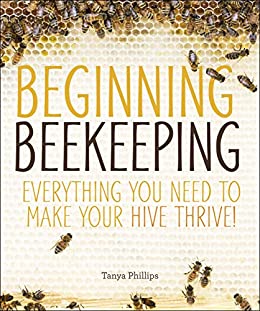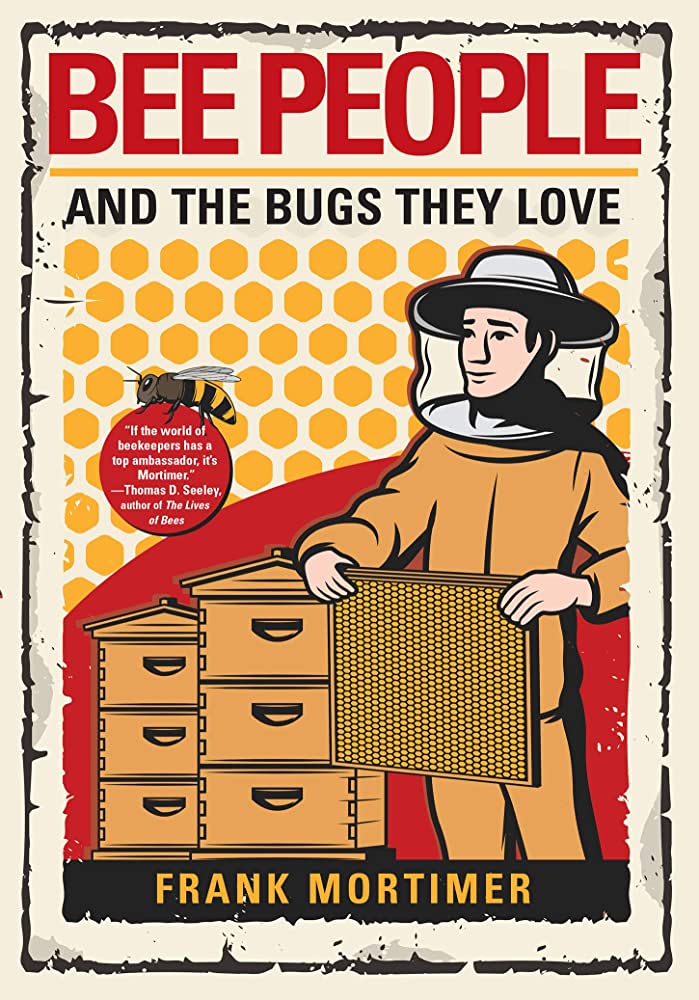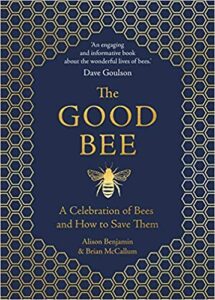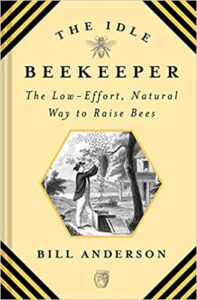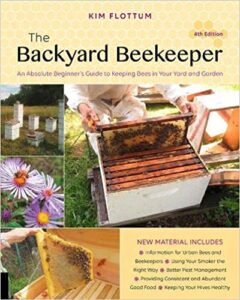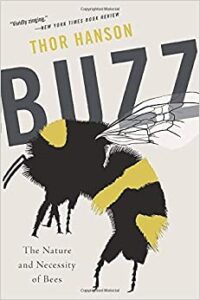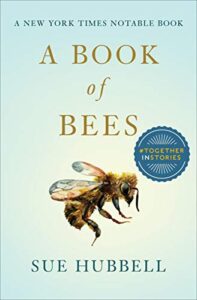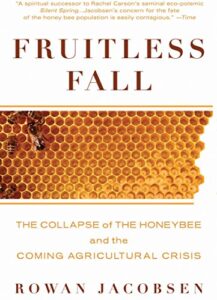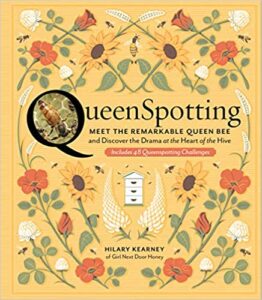LIBRARY BLOG
The Honey Bee and Her Many Duties
There’s a lot to be said about the honey bee. In fact, the bee is the second most studied creature on earth after the human. When we look at bees, we often first think about their byproduct— honey. But honey bees are more fascinating than the delicious liquid gold they make.
Every worker bee in the hive is female and has many rolls to fill throughout her short 6-week life-span. The first role of the honey bee is nursing. After she makes her way out of the cell, she cleans her area then locates honey and pollen within the hive to feed the developing larvae. At this young age, she’s also responsible for the disposal of any diseased or unusual-looking larvae which falls under her house duties. The worker bee earns her keep rather quickly.
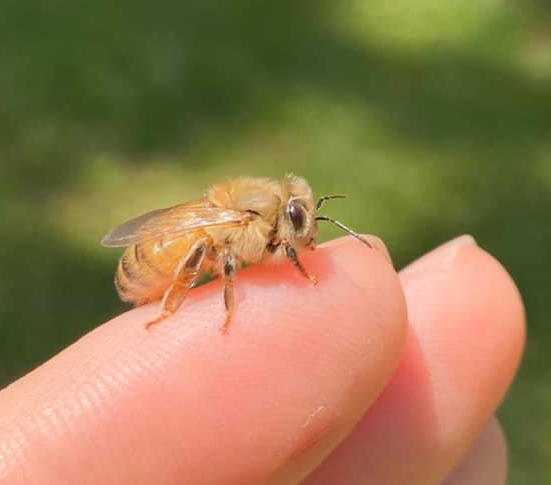
A young bee exploring the outside world.
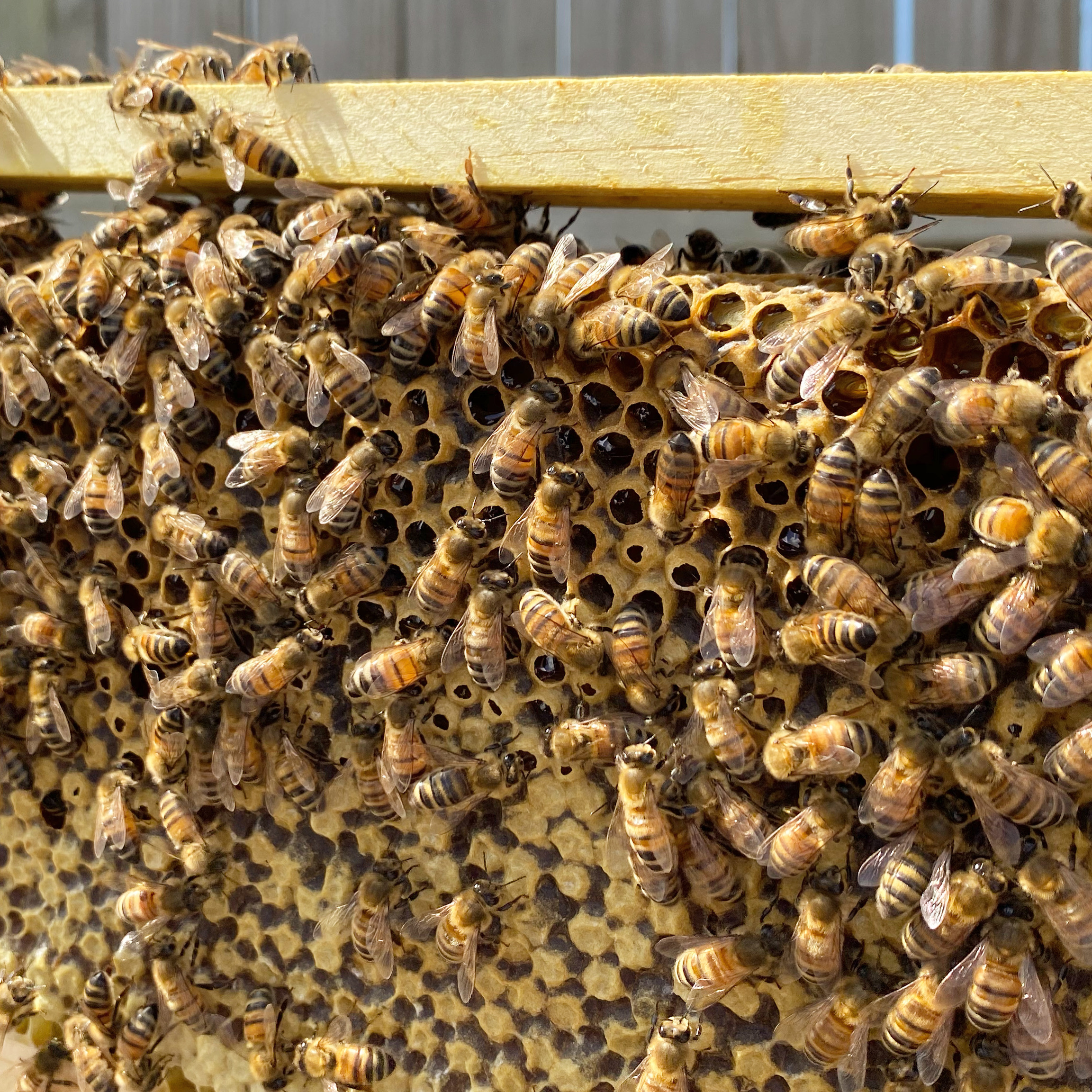
Worker bees making and capping honey.
As the worker bee matures a bit, she begins feeding baby drones (male bees) because they are unable to feed themselves in their first few days of existence. With seven days of experience feeding part of the colony, the worker bee is just about ready to tend to the queen bee, which entails grooming, feeding, and verifying that she is indeed still viable via the QMP (Queen Mandibular Pheromone). QMP is the pheromone that the queen shares with her assistants (yes, she’s important enough to have assistants) who then share with the rest of the bees in order to keep the hive attracted and loyal to her.
By the 10th to 12th day of the worker bee’s life, she’s considered a house bee, which is exactly as it sounds—the keeper of the house. She’ll continue to clean, along with help control the temperature of the hive by fanning. Most importantly during this role, she’ll start to store pollen (protein) inside the honeycomb and add honey for preservation and future use. As an official house bee, she will begin to develop wax-secreting glands under her abdomen, allowing her to create and form wax for the honeycomb. At the same time, the honey bee will start taking orientation flights in order to become familiar with life just outside of the hive. Some house bees will even be designated to guard the entrance of hive, keeping honey bees from other hives (robbers) out.
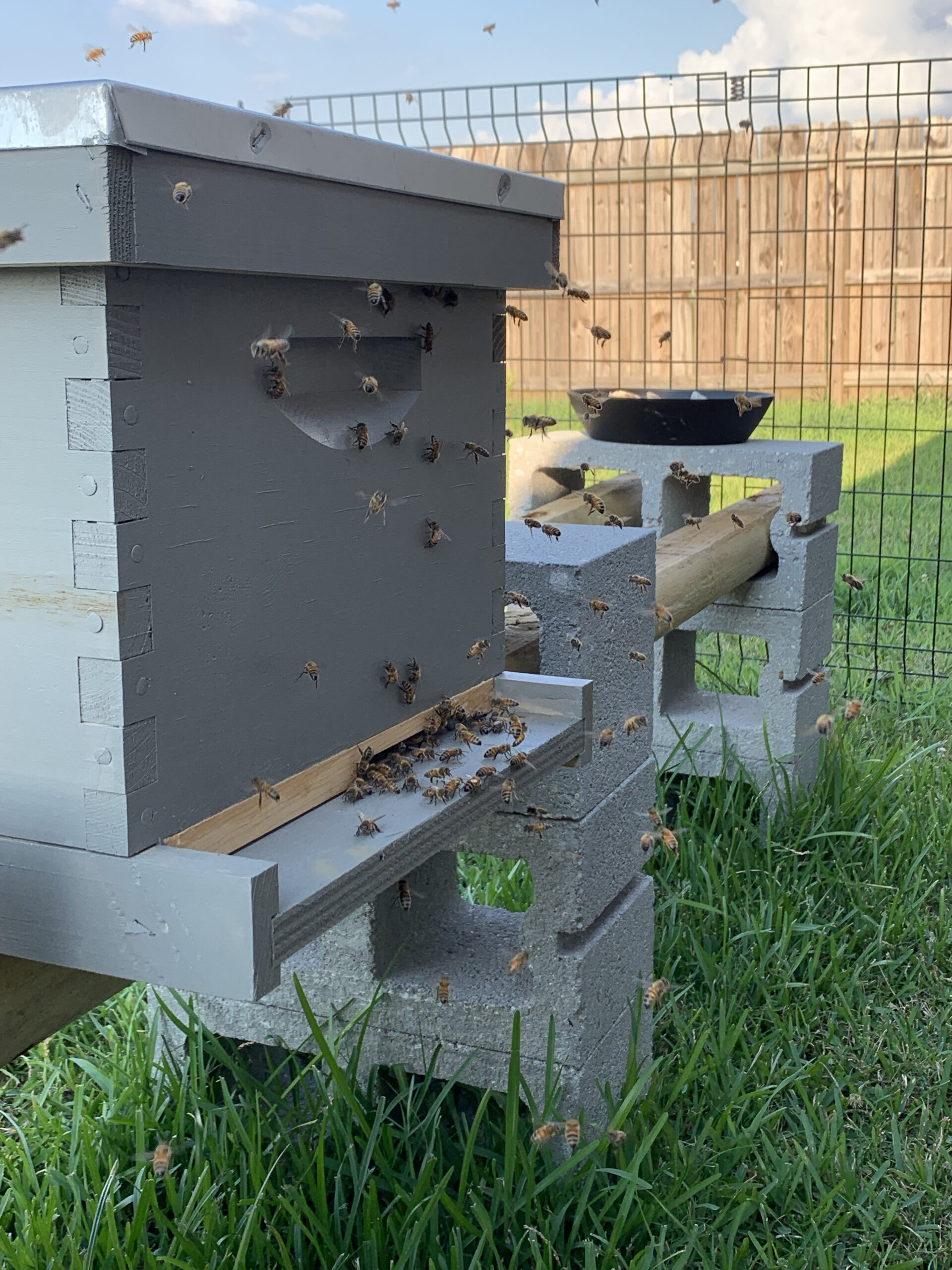
Honey bees taking their orientation flights.
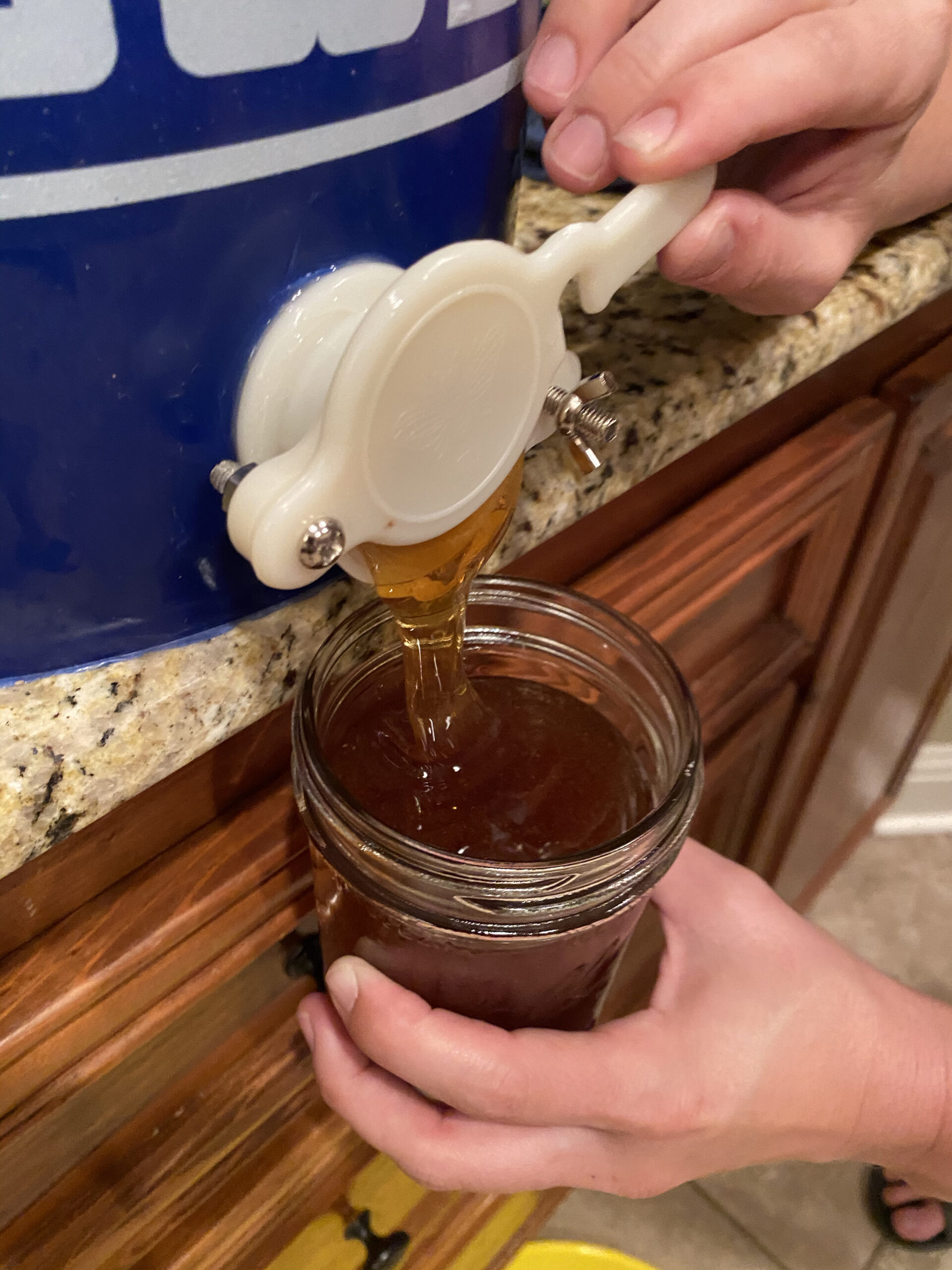
Raw, unfiltered honey from the backyard.
Just when you think she’s done enough, the honey bee reaches her full potential and becomes a forager at about 22 days old. Foragers are crucial to the survival of the hive. With an average speed of 15 miles per hours, the forager travels miles gathering pollen, nectar, and tree sap (propolis—bee glue) for the entire hive. She’ll generally travel no more than three miles from home, but if necessary, she’ll go further, filling up on just the right amount of honey before her flight. And she does all of this to help make 1/12 of a teaspoon of honey throughout her entire life. That’s right, a very small portion of honey.
Next time you go to put honey in your tea, coffee, or whatever you choose to sweeten, remember the life of the honey bee and her many duties inside and outside of the hive. Dare I say, she’s “busy as a bee” (yes, I did).
– Rachel, Reference Services Supervisor
August 15, 2020; updated 2023
Article References
Ellis, H., Sweetness & Light: The Mysterious History of the Honeybee (London: Sceptre, 2004).
Jones, R., The Beekeeper’s Bible: Bees, Honey, Recipes & Other Home Uses (Abrams: New York, 2011).
Photo Credits: Rachel LeCompte
Take a look at the many bee and beekeeping related books Terrebonne Parish Library has to offer below.

